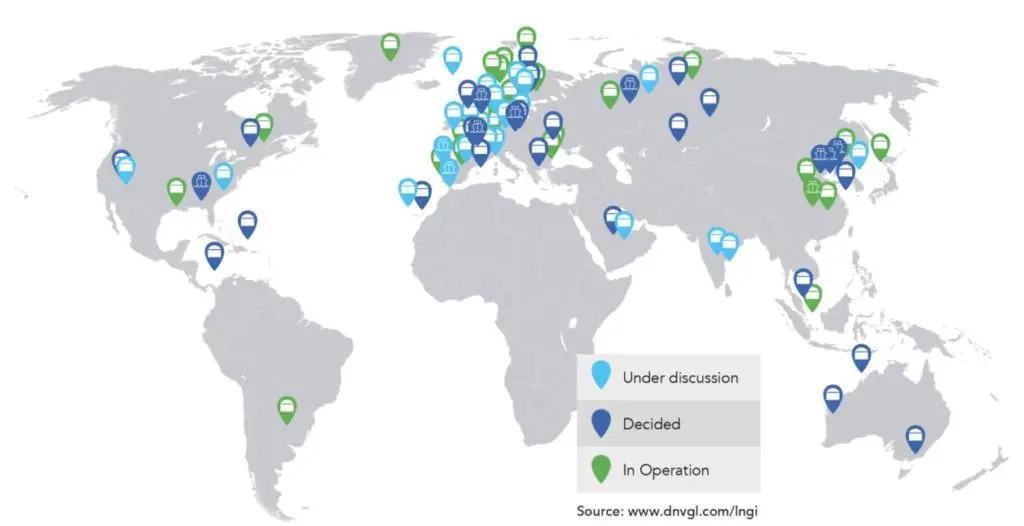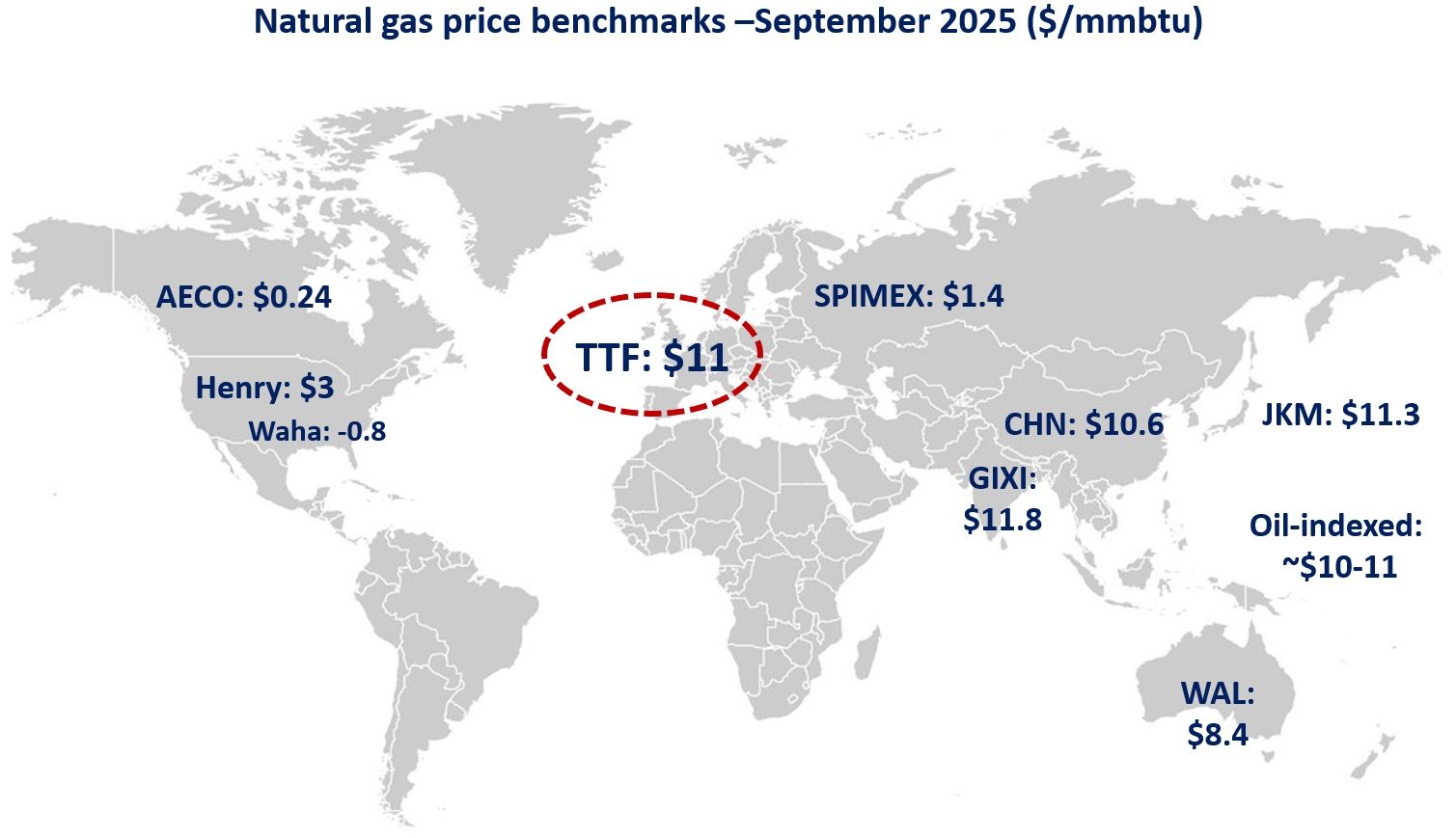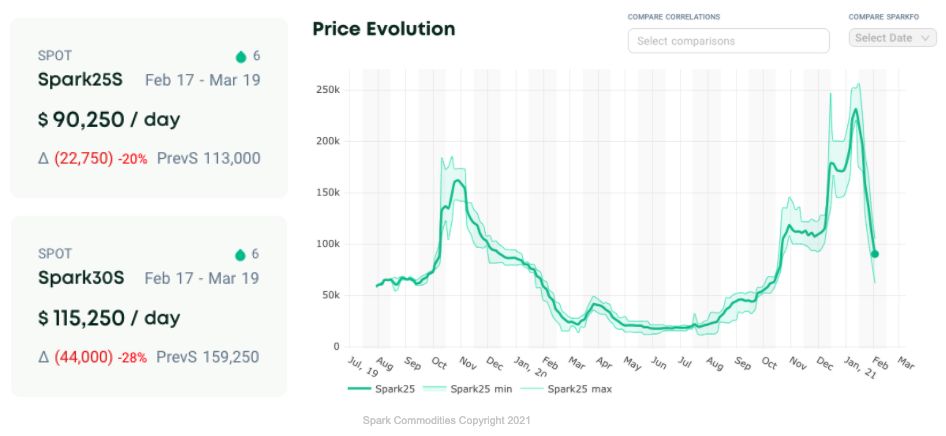

Tightening emissions standards are supporting structural growth in the uptake of LNG as a shipping fuel. Europe has led this transition, dominating the fleet of existing vessels and associated infrastructure. But growth is now accelerating globally.
LNG bunkering has created considerable excitement as a new source of demand in the LNG market. Today we look at the drivers and potential scale of LNG demand growth from shipping.
In 2016 the International Maritime Organisation (IMO) announced requirements for significant reductions of marine fuel sulphur by 2020. Under the new provisions, marine fuel used in ships will have to have a sulphur content of no more than 0.5% versus the current limit of 3.5%. Emissions standards have already been tightened to a cap of 0.1% for designated Emission Control Areas (ECA’s) for coastlines in the US and Northern Europe.
Extract from article first published by Timera Energy. Visit timera-energy.com to view full article.
Follow Timera Energy on Twitter:
[tfws username=”TimeraEnergy” height=”700″ width=”350″ theme=”light” color=”#FAB81E” tweets=”2″ header=”yes” footer=”yes” borders=”yes” scrollbar=”yes” background=”yes”]













